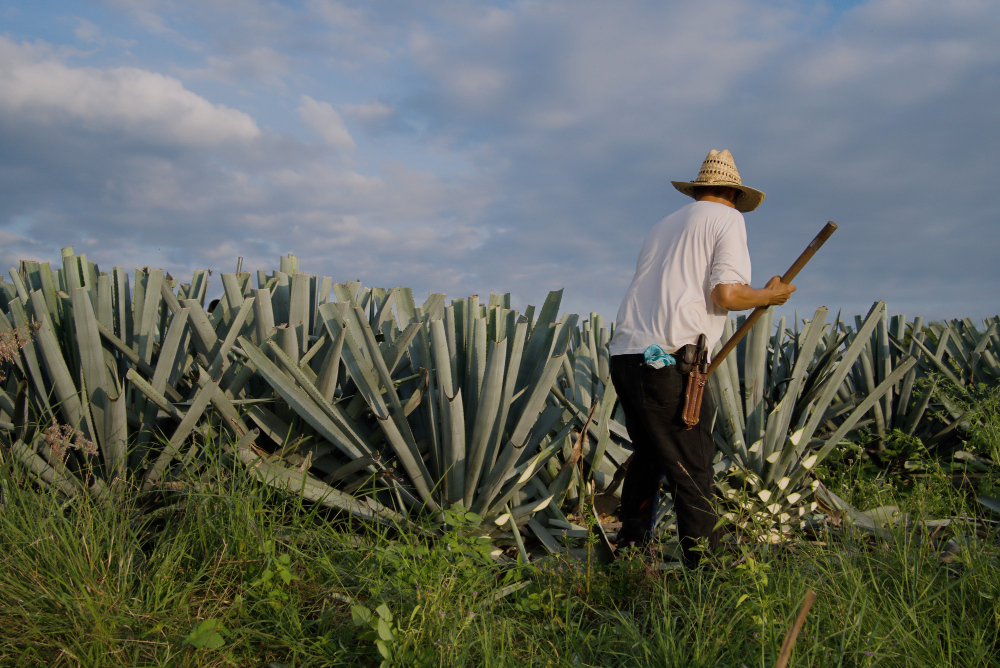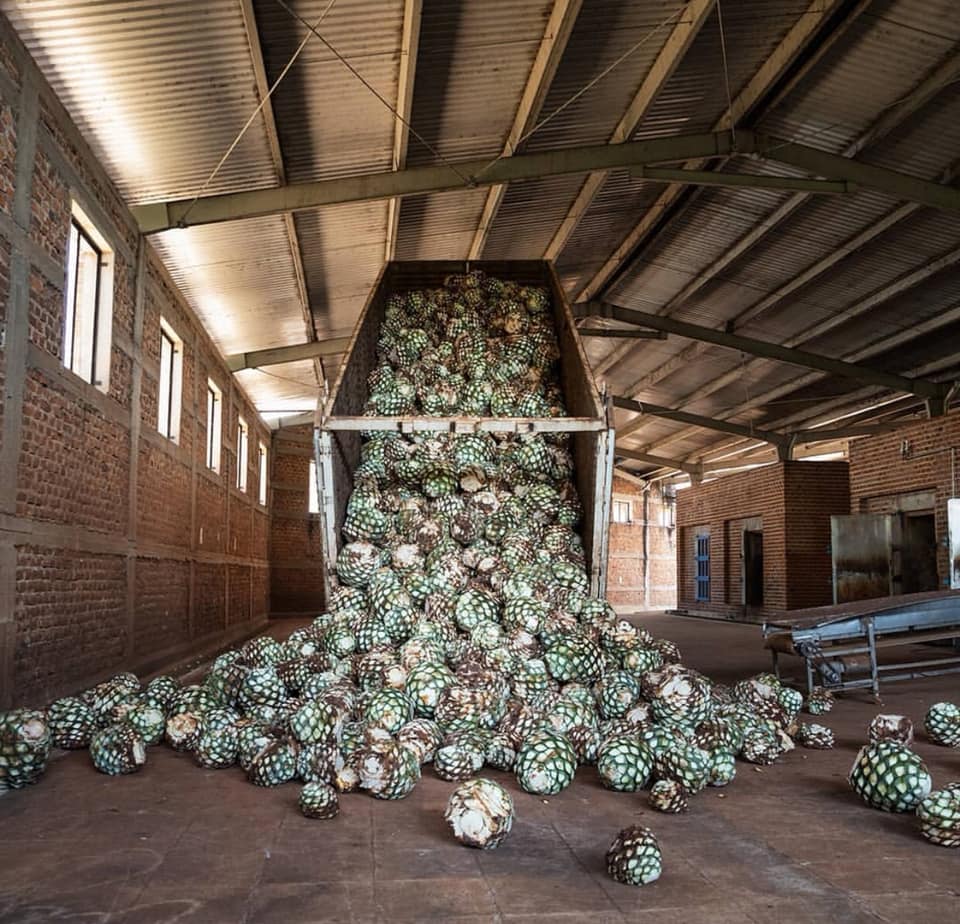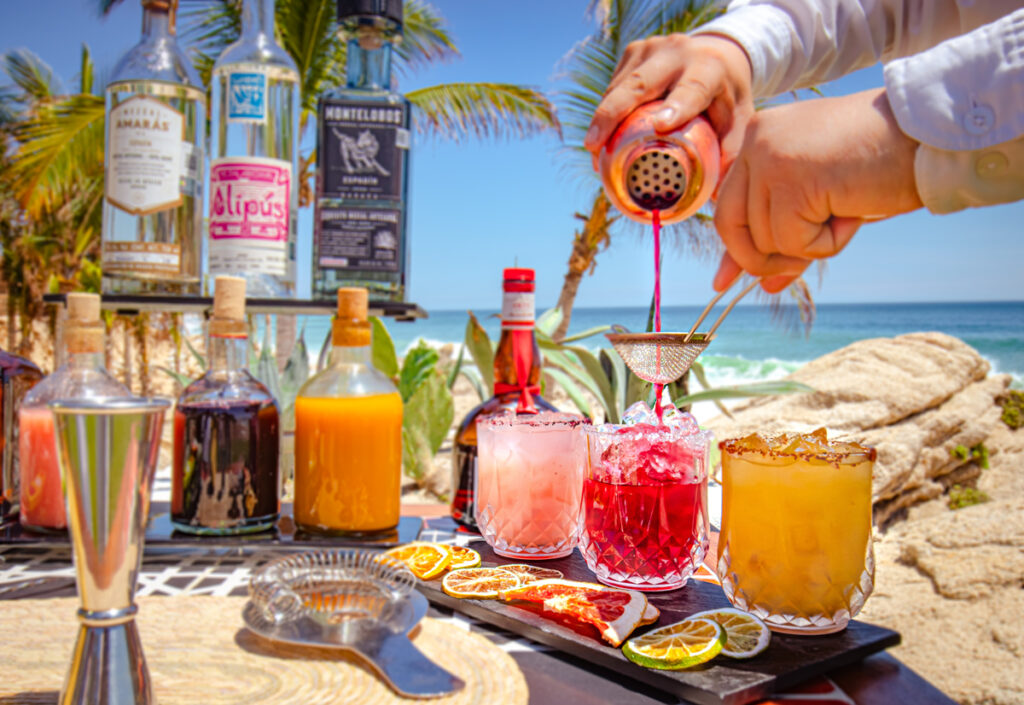A mezcal pocket guide
A famous saying in our country goes, “for everything bad, mezcal, and for everything good, as well”. Authentic proof of our unique devotion to this spirit — an elixir worthy of the gods which can only be produced in Mexico thanks to its designation of origin.
Previously we shared some of its most essential characteristics and its most notable differences with tequila, another popular distillate.
Places where mezcal is produced
Although mezcal production is commonly associated with the state of Oaxaca, its designation of origin includes other entities, such as Guanajuato, San Luis Potosí, Tamaulipas, Guerrero, Puebla Michoacán, and Zacatecas, in which its production is also considered a tradition with years of history.

Mezcal creation
Although its origin is uncertain, there are 3 possible theories about its creation. The first indicates that the Spanish began to process the maguey in copper stills upon discovering the maguey. Another version depicts that during the 16th century, the Filipinos who arrived in the western ports started to use their skills to make aguardiente with agave.
There is also the notion that the distillation process of mezcal was developed in Mesoamerica during the pre-Hispanic period following several investigations indicating the activity of this practice between 1,500 and 1,000 B.C.
Elaboration

Its production process incorporates various steps, from the cultivation of the agave to its distillation and bottling, everyone carefully carried out to guarantee the best quality.
- Harvest: Its preparation begins with the cultivation of maguey, fully organic produce, as no artificial chemicals are applied. The agave takes approximately 8 or 10 years to reach maturity, then only the agave plants in the best condition are selected to proceed with their preparation.
- Pineapple extraction: Once the best agaves have been chosen, with the help of a hoe tool and machetes, the stems and roots are cut until only the heart is exposed. This procedure holds some degree of complexity as it requires tearing the maguey from the ground, cutting it, extracting the pineapple, and transporting it to the distillery.
- Cooking: This is the period in the production process when the mezcal gets its smoky flavor, and the sugars from the agave are extracted. The pineapples are chopped with an ax to facilitate cooking; then placed inside with different varieties of wood, such as ocote or oak. Afterward, it is left for 3 days until the agave turns yellowish or caramel.
- Grinding: Once the agave is cooked, it is minced and ground in an Egyptian mill until it is fully crushed. After the grinding process is complete, what’s left are the musts ready for fermentation.
- Fermentation: This process is carried out in wooden vats (tanks), in which the musts are placed with water and proceed to begin their three to five-day fermentation — this stage is when the mezcal acquires much of its flavor.
- Distillation: At the end of the fermentation process, the cooked musts are transferred to an alembic to be distilled in clay pots or special equipment made of copper. These containers are carefully heated, evaporated, and condensed as specific chemical standards must be met to avoid modifying their taste.
- Bottling: Before bottling, the product is graded through various methods, among which confirm the regulation in alcoholic concentration remains between 36 and 55%, which indicates its designation of origin. Once this procedure is completed, the product is then ready to be bottled.
What about a cocktail with mezcal?

There are many ways to combine this distillate, and cocktails open up a world of possibilities, but our favorite cocktail is the Mezcalita. Since mezcal is the main ingredient, the combination of flavors is always fascinating. An example of this is the workshop offered by Mar del Cabo, in which, in addition to tasting different types of mezcal, you can prepare an exquisite mezcalita with fresh ingredients.
You can take as inspiration those that are included in the menu of the Encanto restaurant:
- Sea basil with mezcal and green Chartreuse, a few drops of lime juice, orange juice, and flavored with basil syrup.
- An exotic flavor with the pineapple-habanero mezcalita made with Ancho Reyes, lime juice, orange juice, and a topped of agave honey.
- The bittersweet one combines mezcal, Aperol, lime juice, and orange juice.
- Mezcalita with damiana liqueur, ginger, lemon juice, and rosemary syrup.
Cheers!



